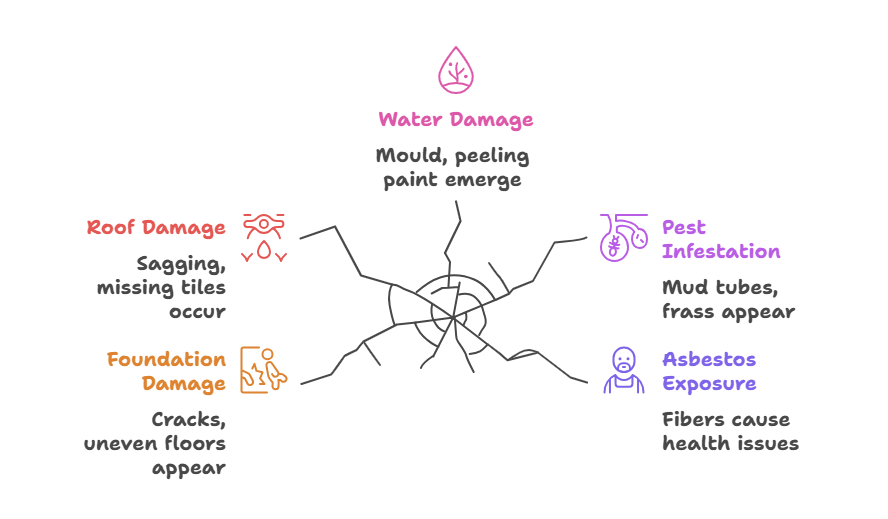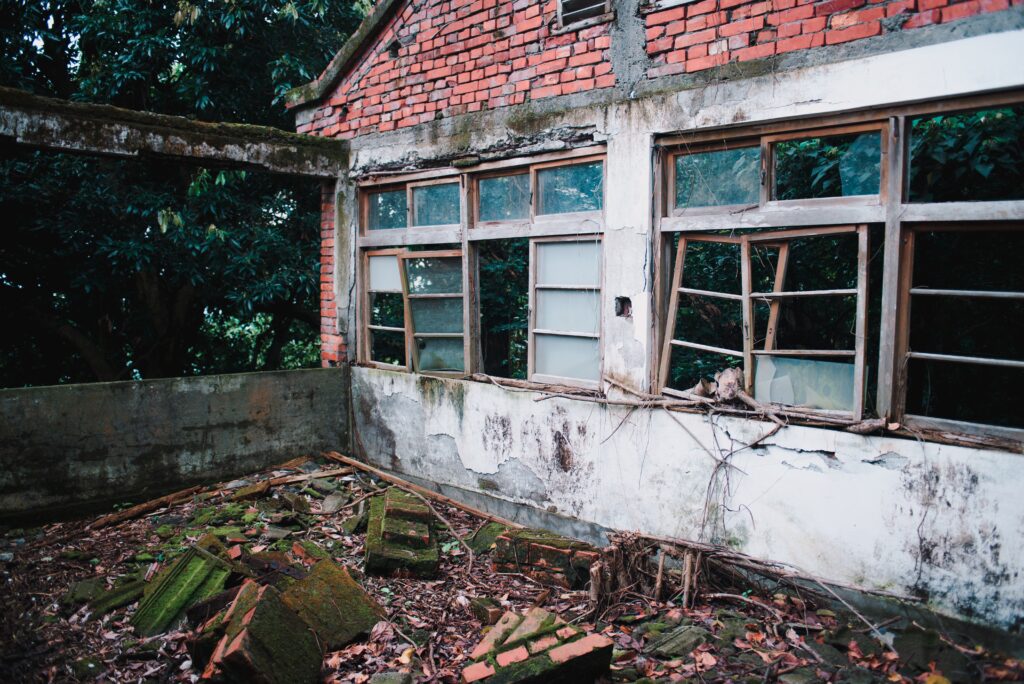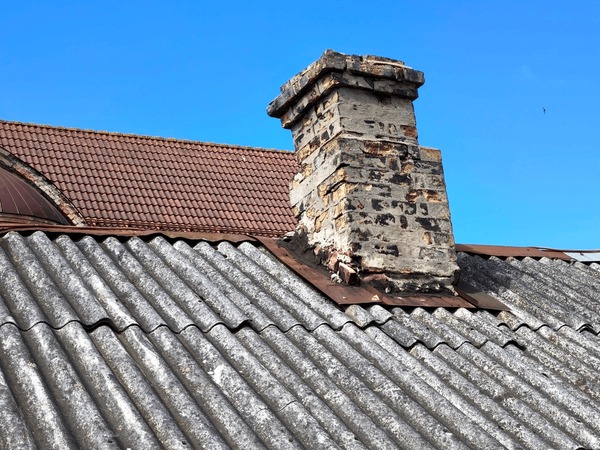The visual warnings, indicating major faults in properties, affect market values and credibility. The neglected properties hide multiple structural dangers, threatening safety and increasing repair costs on a significant scale. Cracked foundation, as well as the presence of asbestos, endangers properties and creates safety issues. Research indicates that the primary issues affecting Australian properties include water leaks and external & internal wall cracking (42%), as well as water penetration in the exterior zone (40%).
Why Structural Red Flags Matter
Structural red flags are important to identify, as they signal the severity of issues and costly challenges, such as reduced property values, foundation failure, and safety issues. Here are some key reasons why these challenges matter.
Financial Protection
Several structural issues, such as a damaged roof and a damaged foundation, can increase the reconstruction/renovation budget, while the increasing investment can affect the budget friendliness for a potential buyer.
Safety
The structural issues affect the overall stability of establishments, creating multiple safety hazards, and in many cases, catastrophic outcomes become inevitable due to a lack of supervision.
Proactive Problem-solving
If the red flags can be identified at the initial stage, a proactive approach can be useful to address the issues, securing the longevity of properties and public well-being.
Health Risks from Asbestos, Water Ingress, and Mould
Asbestos, due to water ingress risks, causes asbestos-related physical challenges and disease, such as asbestosis, mesothelioma, and lung cancer. These issues are not only a threat to young and older adults, but also to children.
Termite Prevalence in Many Regions
The prevalence of termites is a key issue in different parts of Australia, affecting one in three properties , especially in humid and warm regions like New South Wales and Sydney. As timber is widely used in these regions, the threat of termite is more prevalent in nature. The risk is more increased due to several other factors like lush landscapes , irrigation systems, close proximity to gum trees and timber-rick landscaping.
Top Visible Structural Red Flags
Here, we will discuss some of the structural red flags that are visible to the naked eye.
1. Foundation and Structural Movement
The primary sign of structural damage comes from cracks in the walls, uneven floors and sticking windows or doors. Due to poor drainage system and soil subsidence these issues emerge, which affects the overall condition of buildings. These issues pose some critical risks like structural repairs and costly underpinning.
2. Roof and Ceiling Damage
The sagging rooflines, missing or cracked tiles and water stains affect the roof condition and the overall condition of buildings on a significant scale. Poor maintenance, aging materials and storm damages are caused due to this. In the cyclone-prone regions in Australia, the challenges become more vivid, affecting the public well-being.
3. Water Damage and Dampness
The key signs of water damage in buildings are the growth of mould, peeling paint, and musty odours, affecting the quality of life and the conditions of building. Due to the lack of maintenance (leading to leaking pipes and blocked gutters) and poor ventilation process the dampness emerges, creating health hazards. Apart from this, these issues lead to structural challenges, causing risks to residents or visitors.
4. Pest Infestation and Termite
As summer in Australia causes higher humidity and the country highly depends on timber-based construction, the issues regarding termite and pest infestation have become a major threat. Buildings affected by these issues can be identified from mud tubes, frass, and hollow-sounding wood, causing risks like structural weakening and generating some serious hidden damage.
5. Asbestos and Other Hazardous Materials
The widespread use of asbestos in construction during the 1940s to 1980s has created some serious risks and issues among Australians. The asbestos was mostly used in wall linings, roofing sheets, eaves, flooring and pipe lagging, posing some life risks due to its chemical nature.

The constant inhalation of fibers causes mesothelioma, lung cancer and asbestosis, affecting young and older adults, as well as children. The risks of structural damages can be observed from brittle fibro sheets, crumbling insulation and loose fibres in roof spaces. Seeking help from professionals to remove asbestos is essential to tackle these risks.
How to Tackle Structural Red Flags in Neglected Australian Homes
Here you’ll find some legal, safe and cost-effective strategies to deal with structural red flags in Australian homes.
Strategies to Deal with Foundation and Structural Movement
First, you need to employ a structural engineer, who can assess the condition of uneven floors and cracks, before taking any reconstruction decision. You must improve the drainage system of the affected building to reduce the movement of soil and provide a better structural base to it. If the foundation is deeply damaged, you need to consider a high-budget reconstruction and repair programme to ensure the building’s safety.
Strategies to Address Roof and Ceiling Damage
You need to replace the old titles and repair the sagging roof beams to ensure the primary safety of roofs and buildings. Secondly, employ a roofing contractor to check storm compliance or cyclones to secure roof conditions and ceiling. To prevent further damage and leaks, keep the downpines and gutters clean.
Strategies to Deal With Water Damage and Dampness
First and foremost, fix the plumbing leaks immediately and ensure a better drainage system. In roof spaces and bathrooms, increase ventilation to ensure a better airflow. Use waterproofing membranes, especially on roofs to ensure a better home condition. Contact a licensed contractor to remove moulds from roofs, beams or any other places.
Strategies to Eradicate Termite and Pest Infestation
Make sure that the building receives annual termite checks, as this is a high risk in every corner of Australia. You must arrange a pest inspection and install barriers to protect walls and roofs from termite. Using baiting systems can be advantageous in this regard. You also need to replace timbers, which are structurally damaged , affecting the overall condition of an establishment.
Strategies to Address Issues Regarding Asbestos and Hazardous Materials
If you find suspected asbestos sheets, avoid drilling, breaking or sandling sheets, or else the fibre would affect the internal home environment and residents’ health. Arranging a scientific test regarding the risks regarding asbestos is highly needed, and in this regard, considering NATA-accredited labs is required.
It’s better to hire licensed asbestos removalists to ensure a safe disposal of asbestos. In some states, removing asbestos above a range, such as >10m² in New South Wales, must require professional support.
| Structural Sign | Potential Issue | Urgency | Recommendations |
|---|---|---|---|
| Sagging Roof | Roof truss or water damage | High | Immediate inspection |
| Wall Cracks | Structural movement or subsidence | High | Structural changes and engineering |
| Peeling Paint | Increasing damp | Medium | Waterproofing |
| Beam Rust | The intrusion of moisture | Medium | Immediate rust remediation |
| Loose Tiles | Shifts in foundations | Low-Medium | Further engineering to set tiles and monitoring |
Table: Red Flag vs What It Could Mean
Real-World Case: Structural Risk in a Neglected Sydney Property
Here, let’s look at the real world risks of a neglected property.
Background of the Property
For many years, a commercial building in Australia did not experience any modification or restoration. The building was first built in the 1970s and was formerly a warehouse before turning dilapidated. The building was exposed to hidden hazards that its owners were unaware of due to poor upkeep and exposure to Australia’s severe environment.
Formation of Structural Warning Signs
As time passed, obvious dilapidation symptoms appeared. Rusting steel beams suggested moisture intrusion, while foundation cracks indicated soil movement. The building’s asbestos covering, which was frequently utilised when it was first constructed, had degraded and presented health and legal risks. Additionally, internal damage was identified by roof leaks and malfunctioning drainage systems, which raised concerns for both occupant safety and structural integrity.
Legal and Financial Repercussions
Numerous problems were found during a building inspection when the site was eventually scheduled for reconstruction. The unstable foundation necessitated expensive reinforcement, and the discovery of asbestos escalated remediation expenses.
The property had been considered high-risk by insurers, which resulted in fewer alternatives for coverage and higher costs. Since asbestos exposure might put contractors and future renters at risk, the owners faced legal issues in complying with Australian workplace health and safety requirements.
Knowledge Acquired
The consequences of ignoring regular property monitoring are demonstrated by this case. Ignoring structural warning signals might lead to financial obligations and legal issues. Timely inspections are essential, since aging buildings frequently contain hazardous compounds and are subject to pressures brought on by the climate.
Preventative Measures
Preventive repairs, asbestos inspections, and routine dilapidation reports might have significantly reduced risks. In addition to maintaining asset value, proactive property managers lower the risk of unforeseen expenses and liabilities by ensuring that safety rules are followed.
Summary
The structural red flags in Australian properties have become a threat to public well-being, as they not only pose some primary challenges like weak or cracked construction, but also amplify diseases like asbestosis, threatening health and hygiene. These red flags are required to be identified at the early stages, to reduce costs and additional budgets, while the earliest identification of these problems tends to secure the residents and the environment from natural calamities and other challenges. Water leaks, moulding and cracks between walls and floors are some of the challenges affecting the future longevity of Australian buildings.
Get in Touch With SERS for a Complete Assessment of Your Property
Worried about the structural challenges of buildings and their safety? Visit our website to find the best solutions for your establishment.
Frequently Asked Questions
How Do I Know if My Property Has Asbestos?
You must employ a licensed asbestos inspector with professional experience and knowledge. Fibrous ceiling panels, vinyl tiles and old sheeting used prior to 1990 are some of the key signs of the presence of asbestos.
Can I Repair Structural Damage Myself?
In Australia, you must report the structural defects within 6 years and 6 months after completion. In cases of minor defects, you can fix them on your own, while for serious structural damage, you must seek professional engagement and support.
How Long Does It Take to Repair Structural Damages in Australia?
In emergency cases, it takes time between 24-48 hours, while for critical conditions, it requires some weeks, depending on the structural issues.




